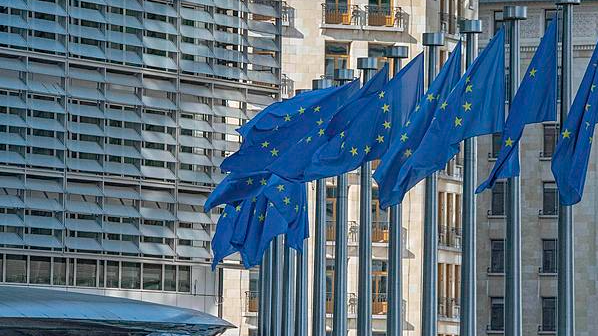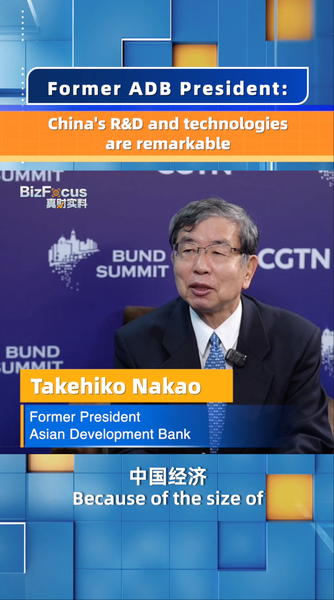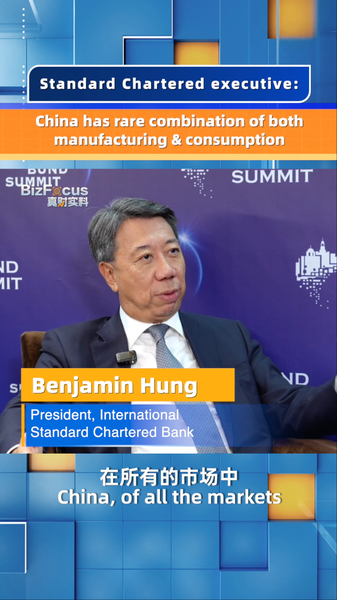As President Trump’s threat of 30% tariffs on EU imports looms, Europe is gearing up with a so-called 'nuclear option' to counter economic coercion. The European Union’s Anti-Coercion Instrument (ACI), effective since late 2023, could reshape the trade battlefield if talks with U.S. President Donald Trump falter.
Here’s how the ACI packs its punch:
- Tariffs & Quotas: Beyond counter-tariffs on U.S. goods, the EU can impose import/export quotas or licensing curbs.
- Public Tender Leverage: With some €2 trillion in annual contracts, bids relying on U.S. inputs could face exclusion or penalty score adjustments.
- Digital Services in the Crosshairs: Giants like Amazon, Microsoft, Netflix and Uber could feel the pinch as the EU targets services where the U.S. runs a surplus.
- Investment Brake: U.S. firms, the EU’s top investors, could see new foreign direct investment restrictions.
- IP & Finance: Measures may also cover intellectual property rights, access to financial markets, and even the sale of certain chemicals and foods.
At its core, the ACI asks EU leaders to pick the tools most likely to halt coercion and repair economic damage. While it has never been used, its deterrent power alone could sway negotiators in Brussels and Washington.
For young global citizens, entrepreneurs and digital nomads alike, this unfolding chapter in EU-U.S. trade relations offers a front-row seat to modern economic statecraft—where tariffs meet public tenders and digital platforms become bargaining chips.
Reference(s):
cgtn.com




